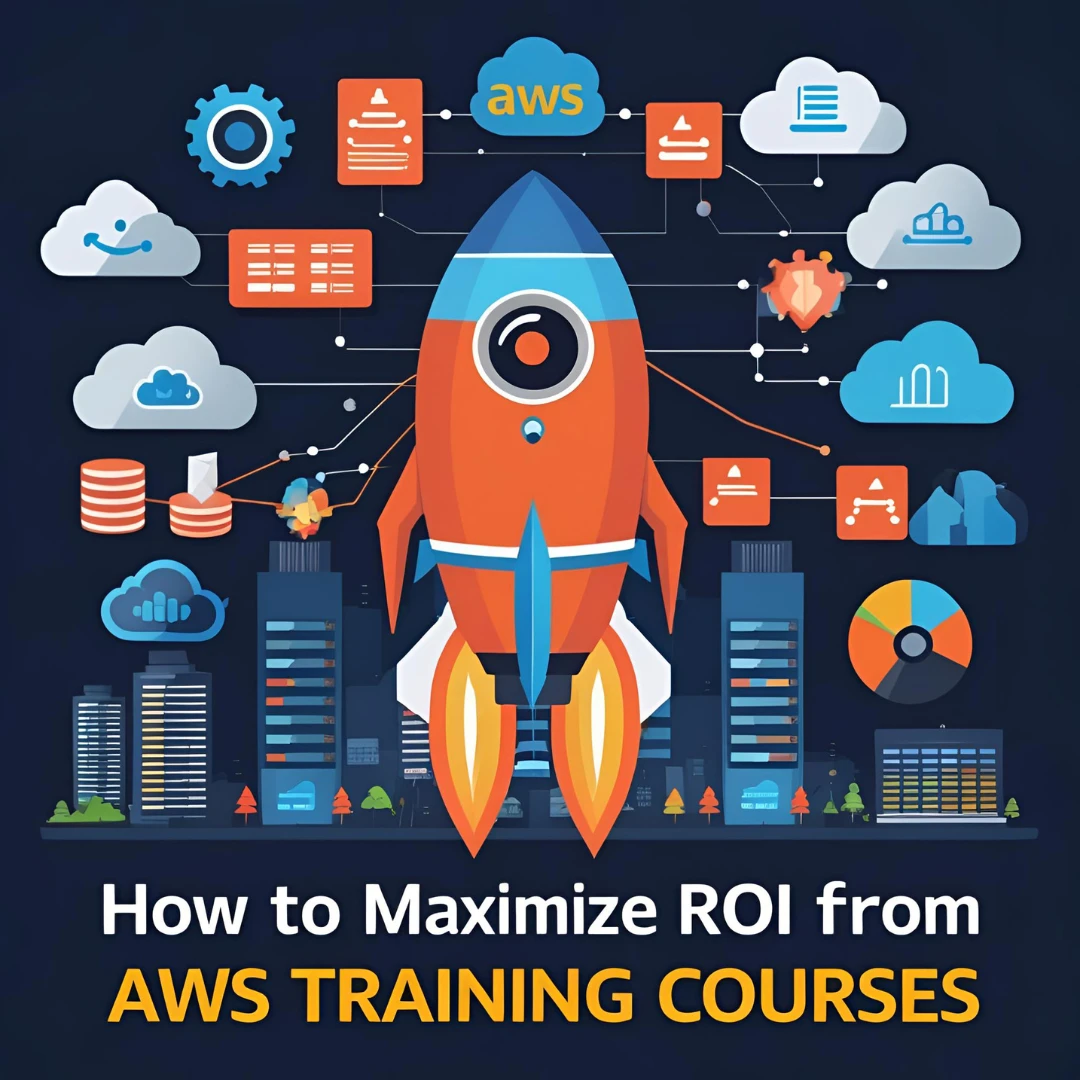Everyone learns differently.
If you’re disciplined, self-paced courses may work.
If you prefer structure and guidance, live instructor-led training (like Cloud Institution offers) is ideal.
Look for a course that offers:
Mentorship and doubt-clearing sessions
Real projects (not just labs)
Interview and resume support
Certification preparation
Thinking of learning DevOps too? Read AWS Training for DevOps Engineers: What You’ll Learn.

